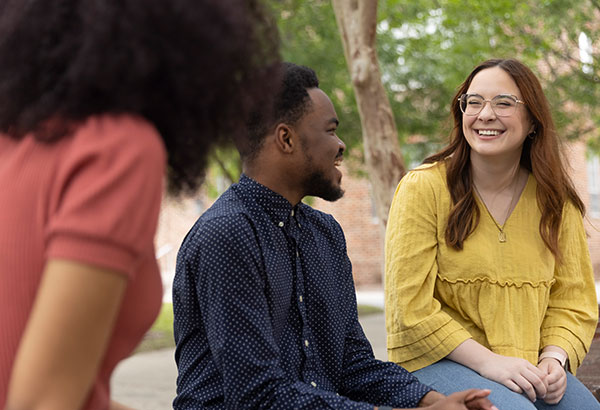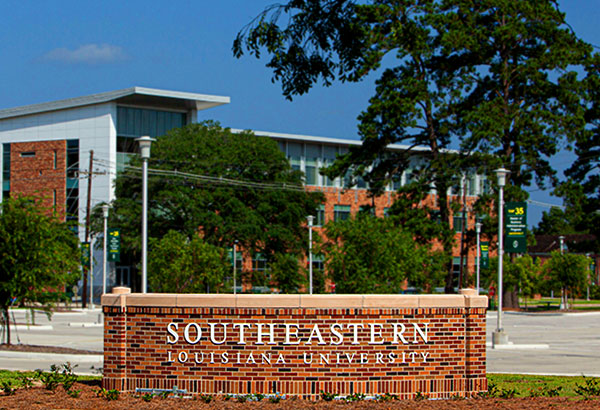The Solution
So. Where do we go from here?
We know the problems (or at least most of them):
- Nutria Herbivory
- Competition from Entangling Vegetation, and
- Nutrient Deficits
We also know the solutions:
Protect young seedlings with PVC pipe.
In our initial research we used Tubex sleeves to protect the baldcypress seedlings.
For the most part, they worked just fine. These manufactured tubes are designed to
biodegrade in approximately five years, at which time we felt that the trees would
be large enough to withstand the gnawing of nutria. Obviously, even after five years,
this tree wasn't large enough to withstand gnawing, nor was the tube actively biodegraded.
This led to the idea of using longitudinally split PVC sewer pipe which offered several
distinct advantages:
They could be re-affixed to the trunk (to adjust for changes in diameter) as the saplings
grow to provide continuous protection. They can be recycled (or rather, reused) to
newer trees once the first tree reaches a refuge in size, and They're cheaper! (Since,
as university researchers, we're working on a strict budget, this is of the utmost
importance. Costs dropped from approximately $4.00 per treatment to only $1.80.
Use weed control mats.
Since managing by hand is not practical for large-scale restoration projects, a method using nylon weed control mats was developed. These mats are cut into 1 meter squares and affixed to the marsh surface using steel sod staples. The mats biodegrade within two growing seasons in the marsh, an amount of time which seems to be sufficient to give baldcypress trees the necessary boost to grow above entangling vines.
Fertilize one year and two year-old saplings.
One of the most important aspects of an ongoing restoration project is having large numbers of trees in multiple age-classes available for experimentation. A direct result of this kind of experimentation is the discovery that one year-old trees respond dramatically and linearly to nutrient additions; two year-old trees respond well, although not as markedly, and positive response falls off after the application of more than about 50 grams of fertilizer; and fertilizing three year-old trees is a waste of money (there is no relationship between diameter growth and fertilizer levels).






